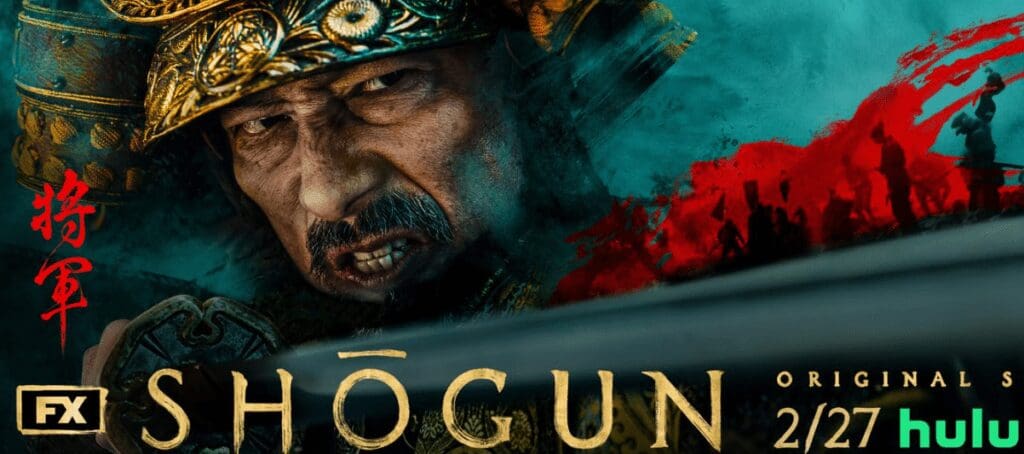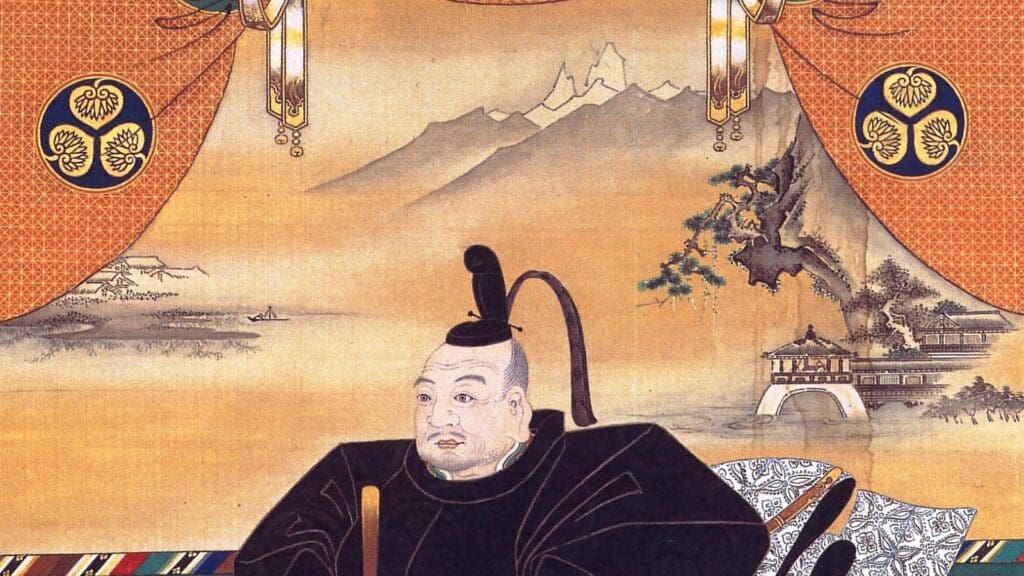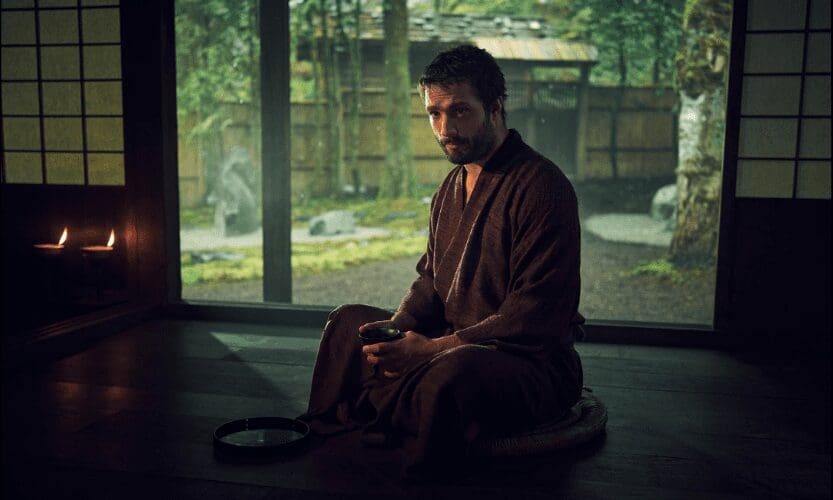
Shogun (2024), the adaption of James Clavell’s renowned 1975 novel into a captivating historical drama series set in Japan is making warrior culture great again. Having made its debut on February 27, 2024, on Hulu and FX, the series spans 10 episodes, each a testament to the rich tapestry of Japanese history and culture.
In Japan’s pre-feudal period, governance rested with the emperor and the Imperial Court, though actual power was decentralised among regional clans. As feudalism took hold, powerful daimyo emerged, supported by samurai warriors, leading to increasing competition for land and influence. During the Sengoku Period, Japan experienced intense civil warfare as daimyo vied for dominance, culminating in the establishment of the Tokugawa Shogunate by Tokugawa Ieyasu in 1603. This marked over two centuries of peace and stability. Toyotomi Hideyoshi, known as the taikō, played a crucial role in reunifying Japan before his death in 1598. Following his passing, a Council of Regents governed in the name of his young son, Toyotomi Hideyori, until he reached maturity.

RELATED: Netflix Avatar: The Last Airbender Episode 5 Review: Can Aang Even Water Bend?
This is where FX’s Shogun kicks off. Set against the backdrop of 17th-century feudal Japan, Shogun introduces viewers to John Blackthorne (loosely based on the historical figure William Adams, an English navigator who became one of the first Westerners to reach Japan in 1600, eventually rising to prominence in Japan, serving as an advisor to the shogun Tokugawa Ieyasu and becoming the first Western samurai), whose fate intertwines with the complex political landscape of the era. Following a shipwreck, Blackthorne finds himself stranded in Japan, where he encounters Lord Yoshii Toranaga (a character based on Tokugawa Ieyasu (1543 – 1616)), a key figure in the power struggles of the time.

RELATED: Netflix Avatar: The Last Airbender Episode 4 Review: Bumi Wants To Murder Children And Die
Portrayed by Cosmo Jarvis, Blackthorne serves as the audience’s gateway into the world of feudal Japan, while Hiroyuki Sanada brings Lord Toranaga to life with mesmerizing depth and nuance. Their interactions unfold amidst a backdrop of shifting alliances, cultural clashes, and personal ambition.
Authenticity is a cornerstone of Shogun‘s production, with a predominantly Japanese cast and meticulous attention to detail in costume and set design. The series strives to capture the essence of Japanese culture, language, and tradition, immersing viewers in a world rich with historical accuracy.

RELATED: Jenna Ortega’s Future on Netflix’s ‘Wednesday’ in Doubt Amid Rumors and Controversial Remarks
While rooted in historical events, Shogun takes creative liberties with Clavell’s narrative, weaving a tapestry of fiction and fact. The series explores themes of power, loyalty, and identity against the backdrop of a nation in flux, offering a nuanced portrayal of Japanese society during a pivotal period in its history.
Through its compelling storytelling and visual splendour, Shogun transports viewers to a bygone era, inviting reflection on timeless themes that resonate across centuries. Each episode unfolds with a sense of urgency and intrigue, drawing audiences deeper into the complex web of political intrigue and personal drama.

RELATED: Elon Musk Warns Amazon Is Killing Creativity With Its Draconian ‘We Power’ DEI Restrictions
At its core, Shogun is a story of resilience, ambition, and the enduring quest for power. It delves into the psyche of its characters, revealing the inner struggles and external forces that shape their destinies. From lush landscapes to intricate battle sequences, the series captivates audiences with its blend of spectacle and narrative depth. The violence in Shogun is intermittent but intense. When it surfaces, it’s shocking. Men with katanas decapitate others, characters engage in throat-slashing rampages, arrows penetrate individuals in the forest, and an unfortunate soul is boiled alive.
In Shogun, viewers are transported to a tumultuous period in history characterised by violence and political upheaval.

Leave a Reply